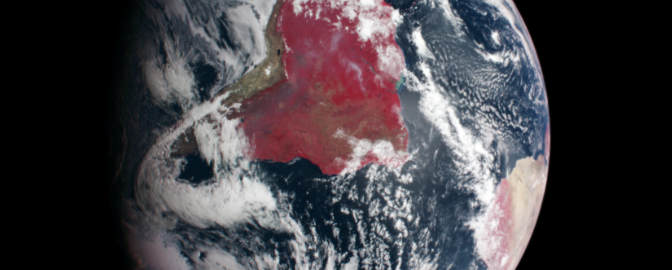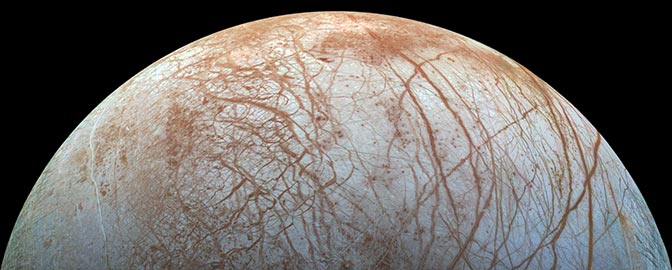Interstellar Boundary Explorer (IBEX)

Mission Overview
The Interstellar Boundary EXplorer (IBEX) is an Earth-orbiting mission designed to make observations beyond the solar system's termination shock using energetic neutral atoms (ENAs). The spacecraft is equipped with two large aperture imagers which detect ENAs with energies from 10 eV to 2 keV (IBEX-Lo) and 300 eV to 6 keV (IBEX-Hi). On 19 October 2008 at 17:48 UT (1:48 p.m. EDT) IBEX will be launched on a Pegasus XL rocket from an L-1011 aircraft flying about 200 km north of Kwajalein Island in the South Pacific. The Pegasus will put it into a 100 km low Earth orbit. Its solid rocket motor will then put it into a highly elliptical 11 degree inclination orbit an apogee of about 320,000 km to put it beyond interference from the Earth's magnetic field. The spacecraft propulsion system will raise the perigee to 7000 km and leave IBEX in an eight day orbit, spinning at 4 rpm with a sun-facing axis. The mission is planned for a 24 month operations period with the possibility of extension.
The spacecraft is built on an octagonal base, roughly 58 cm high and 95 cm across. The dry mass is 80 kg of which the instrument payload comprises 26 kg. The fully fueled mass is 107 kg, and the entire flight system launch mass, including the ATK Star 27 solid rocket motor, is 462 kg. The spacecraft itself has a hydrazine attitude control system. Power is produced by a solar array with a 116 W capability, nominal power use is 66 W (16 W for the payload). Communications are via two hemispherical antennas with a nominal downlink data rate of 320 kbps and an uplink rate of 2 kbps.
For more detailed information see the IBEX mission page at: http://ibex.swri.edu/mission/index.shtml
Note: Mission information is from NASA's Space Science Data Coordinated Archive.
Spending Summary
| FY 2024 Total | By Jul of FY 2024 | By Jul of FY 2025 | Change from FY 2024 | |
|---|---|---|---|---|
| Obligations | $0.6M | $0.6M | $0.9M | +$0.2M |
| Outlays | $2.0M | $1.0M | $1.0M | +$0.0M |
Comparing Contract Obligations

Running sum of 1 award. Shows cumulative actual spending by fiscal period. Period 2 represents combined Oct-Nov data (this is a reporting quirk of USASpending.gov). Negative values indicate adjustments or credits. Data last updated: 2025-09-18
Download OptionsWhat are obligations? Obligations represent NASA's legal commitments to spend money — contracts signed, grants awarded, and purchase orders issued. Unlike outlays (actual payments), obligations show when spending decisions are made.
Reading this chart: The chart displays cumulative obligations throughout the fiscal year (October through September). The solid line shows the current fiscal year's running total, while the dotted line (when available) shows the previous year for comparison. This allows you to see spending patterns and track whether funding is ahead or behind the prior year's pace.
Comparing Contract Outlays

Running sum of 1 award. Shows cumulative actual spending by fiscal period. Period 2 represents combined Oct-Nov data (this is a reporting quirk of USASpending.gov). Negative values indicate adjustments or credits. Data last updated: 2025-09-18
Download OptionsWhat are outlays? Outlays represent actual cash payments made by NASA. While obligations show when spending decisions are made, outlays show when money actually leaves the treasury.
Reading this chart: The chart displays cumulative outlays throughout the fiscal year (October through September). The solid line shows the current fiscal year's actual spending, while the dotted line (when available) shows the previous year for comparison. This reveals the actual cash flow timing and whether spending is keeping pace with the prior year.


 Explore Worlds
Explore Worlds Find Life
Find Life Defend Earth
Defend Earth

